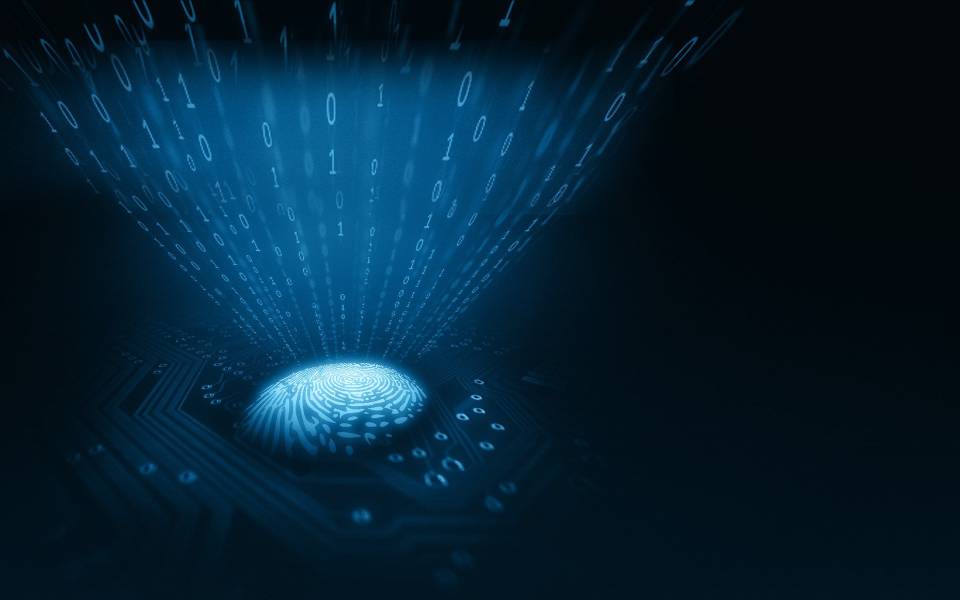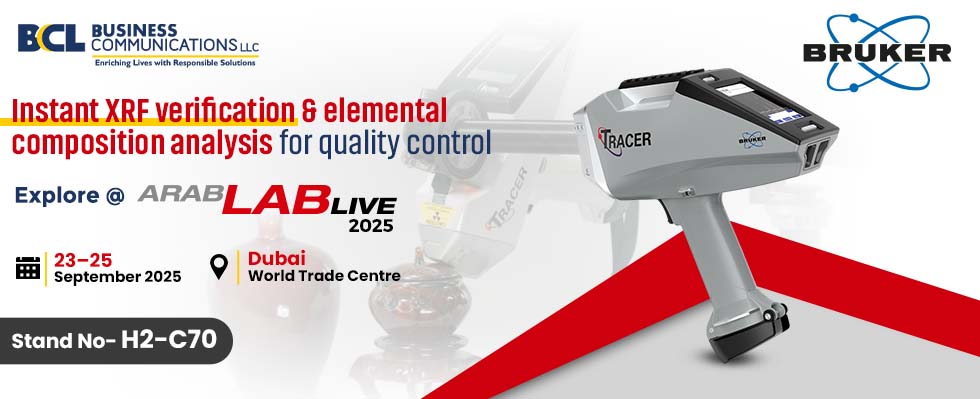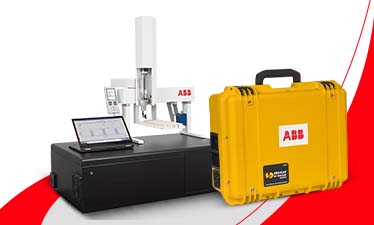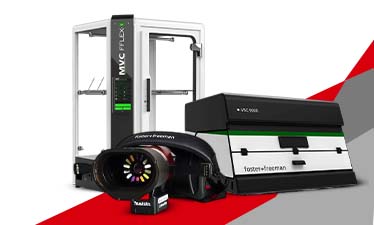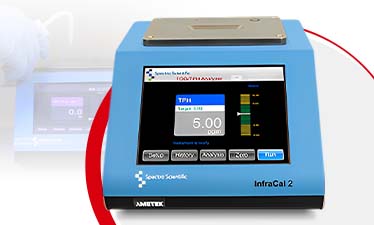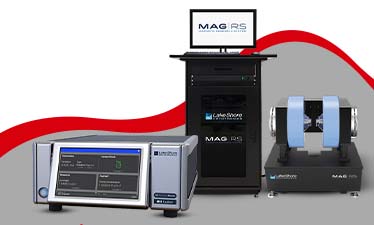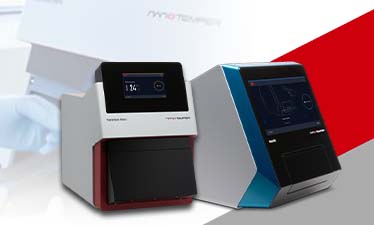Element Detection Across Sectors with Bruker Nano and BCL - ArabLab 2025
Element analysis defines progress in modern industries. Every mine, factory, laboratory, and museum depends on reliable material insights. Without precise readings, mining can lose up to 15% of output due to poor sampling. Manufacturing scrap can rise by 20% when alloys are unchecked. Cultural heritage risks damage if 60% of delicate artefacts are tested without non-contact solutions.
Here is where advanced tools make the difference. A handheld spectrometer or x-ray spectrometer places reliable data in the hands of users across the world. With real-time checks, a handheld detector can cut reporting times by 40%. From laboratories to field sites, each XRF spectrometer secures both quality and confidence.
Introducing Bruker’s Spectrometer Range
Bruker has built a global reputation for advancing elemental analysis. The company delivers both handheld analyzers and high-resolution laboratory systems, designed to reduce errors and accelerate decisions. Its solutions are trusted in mining, recycling, research, and conservation because they combine speed, reliability, and safety in one portfolio.
| Product |
Key Features |
Ideal Applications |
| Tracer 5 |
Handheld XRF analyzer with portability and precision. Lightweight, fast, detects a wide range of elements. |
Archaeology, art conservation, on-site research. |
| S1 TITAN |
Rugged handheld analyzer with intuitive interface. Real-time results for metal detection. |
Recycling, mining, alloy manufacturing. |
| CTX |
Compact benchtop XRF spectrometer. Combines portability with laboratory-quality results. |
Research labs, field analysis, compact laboratories. |
| M4 Tornado |
Advanced micro-XRF system with high-resolution mapping. |
Geology, materials science, structural failure studies. |
| ELIO |
Non-contact handheld spectrometer for delicate artefacts. Ensures safe scanning with reliable accuracy. |
Museums, cultural heritage, restoration labs. |
Expanding Possibilities with Element Detection
- Mining: Up to 15% of extracted ore is wasted without accurate testing. A handheld XRF analyzer ensures real-time grading and smarter extraction.
- Manufacturing: 20% of scrap is avoidable with live analysis. A metal analyzer spectrometer validates alloys instantly, preventing defects and saving costs.
- Environment: Rapid checks with an x-ray spectrometer safeguard soil, water, and air. Faster action prevents contamination from escalating into larger crises.
- Cultural Heritage: 60% of artefacts need non-contact testing. A handheld detector like ELIO allows safe analysis without harm.
- Laboratories: Research teams use XRF spectrometers to map materials at micron scale. This precision drives breakthroughs in electronics, geology, and new materials.
Why Industries Trust These Systems
Portability with precision
A handheld spectrometer offers both mobility and accuracy in demanding environments. Field engineers can carry it easily, yet still depend on it for advanced elemental readings. The device detects a wide range of elements, making it suitable for mining pits, construction projects, and mobile research teams that need accurate results on the spot.
Real-time monitoring
An element analyzer spectrometer ensures production lines remain efficient and uninterrupted. By confirming alloy composition during processing, it prevents errors before they cause delays. In recycling plants, the same system helps sort metals with certainty, reducing contamination and maximising material recovery. The ability to analyse in real time translates into lower scrap rates and stronger quality control.
Safe for priceless samples
Non-contact models such as ELIO provide a protective approach for cultural and scientific collections. Instead of applying direct contact, this handheld detector scans safely without risk of abrasion or surface damage. Museums, archives, and restoration labs rely on the technology to examine paintings, manuscripts, and artefacts with confidence while preserving their integrity for future generations.
Efficiency for global markets
Consistent analysis drives competitiveness across industries that operate internationally. From pharmaceutical manufacturing to aerospace engineering, accurate readings protect compliance with strict global standards. Whether it is element analysis or XRF spectroscopy these equipments secures the same reliable outcome in every region. This strengthens product quality, supports regulatory approvals, and helps businesses maintain their position in fast-moving markets.
Redefining Spectroscopy At Arablab 2025
From mining pits to museum halls, the value of detection never fades. Every micro-scale solution adds resilience to industries that cannot risk errors. Scrap rates fall, reporting times accelerate, and artefacts remain protected. What emerges is a scientific landscape where accuracy is not optional but the measure of trust.
Mark the calendar for 23–25 September 2025 at ArabLab in Dubai, where the Bruker instruments stand ready to demonstrate the future of elemental detection.
Join us and Bruker Nano at Stall H2-C70 to redefine what’s possible with spectroscopy. Because the future of discovery is in your hands.

